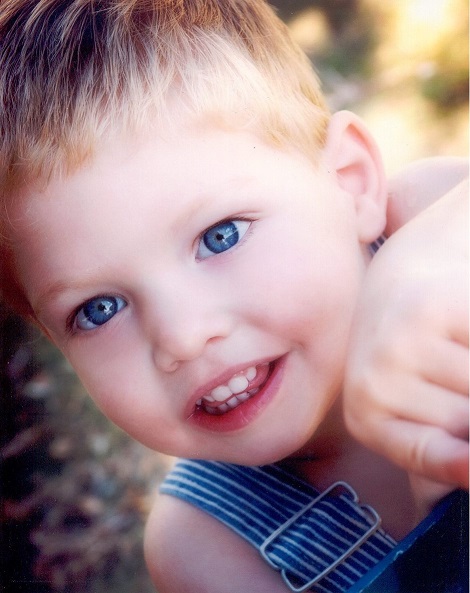World Sepsis Day is held on 13 September every year and is an opportunity for people across the world to unite in the fight against sepsis.
As a time-sensitive medical emergency, consumer awareness of sepsis and its symptoms is paramount in ensuring they present to an emergency department in time.
And thanks to the advocacy of our lived experience consumers, awareness of sepsis in Brisbane is about to increase!
In a Queensland first, commuters currently passing through the northbound entrance of the city’s most iconic landmark – the Story Bridge - can see a large World Sepsis Day banner asking the all-important question: Could it be sepsis?
The bridge itself was to be lit up magenta tonight – the international colour for sepsis – however in honour of Her Majesty Queen Elizabeth the Second’s passing, commonwealth government protocol requires the bridge lights will be white from 9–22 September. Unfortunately, this means the bridge won’t be lit up to mark World Sepsis Day this year as planned. An application has already been submitted to the Brisbane City Council for next year.
The approval from Brisbane City Council for the bridge banner and lights are thanks to a joint effort between Clinical Excellence Queensland and the Australian Sepsis Network, and the tireless efforts of consumer representative Mary Steele.
Mary lost her son Preston in 2003 at just two and half years-of-age after he developed sepsis following pneumonia and an acute lung injury. She is now an avid and valuable Queensland and national sepsis consumer representative.
“In Australia, almost 9,000 people die of sepsis every year, yet people don’t know what it is or how to recognise the symptoms. Even more devasting is that it is treatable if diagnosed in time.”
“Raising awareness is critical – I don’t want any family to experience what I have,” said Mary.
Sepsis is a major priority for Queensland Health, which has been working to improve the identification and management of sepsis since 2017.
Clinical Co-Chair of the Queensland Sepsis Program Professor Bala Venkatesh said the public exposure to sepsis afforded by the bridge lights and banner were a welcome and important step in raising the profile of sepsis in the community.
“Sepsis is a medical emergency but when roughly only half the population knows what sepsis is, their odds of presenting to an emergency department in time are reduced.”
“The more consumers know about sepsis and what to look out for the better, and we’re very grateful to Mary and our colleagues at the ASN for what they have achieved this year,” he said.
Professor Venkatesh said the number one question he encouraged people to ask, was could it be sepsis? - which is why it features so prominently in the bridge banner.
“Whether you’re a parent or an adult or even a healthcare professional, look at the symptoms, trust your gut and ask: Could it be sepsis?”
What is sepsis?
Sepsis is a medical emergency with a high mortality rate, but it can be difficult to diagnose because its symptoms can be suggestive of a less serious illness. Unfortunately, delays in recognition and treatment often lead to catastrophic outcomes, such as significant morbidity or death.
Show your support this World Sepsis Day
Here’s how you can show your support:
- Share the sepsis campaign resources with your colleagues, friends, and family on social media
- Add a banner to your Facebook profile.
- Complete the iLearn education module (health professionals)
A recording of today’s World Sepsis Day-themed clinical education session will be available on the Queensland Health intranet soon (restricted access).
Together, we can help save lives and limbs. To find out more about the Queensland Sepsis Program, visit the website. To discuss site visits or in-service education, please email sepsis@health.qld.gov.au. Information for consumers can be found on the Queensland Health website.

Mary Steele with her son, Preston

Preston lost his life to sepsis when he was just two-and-a-half years old